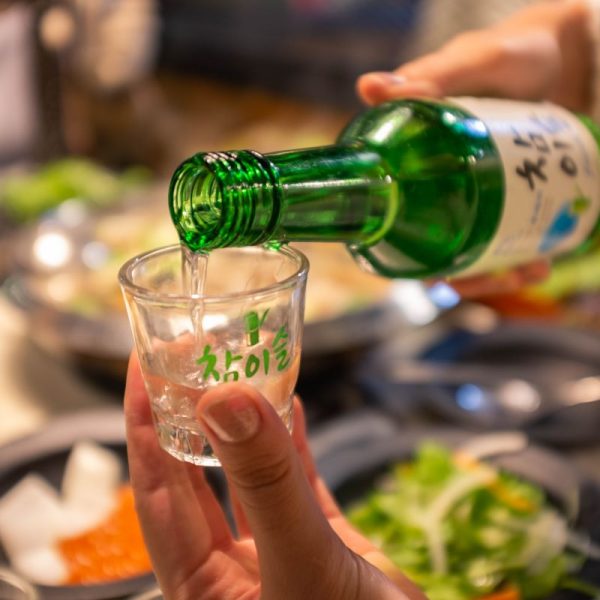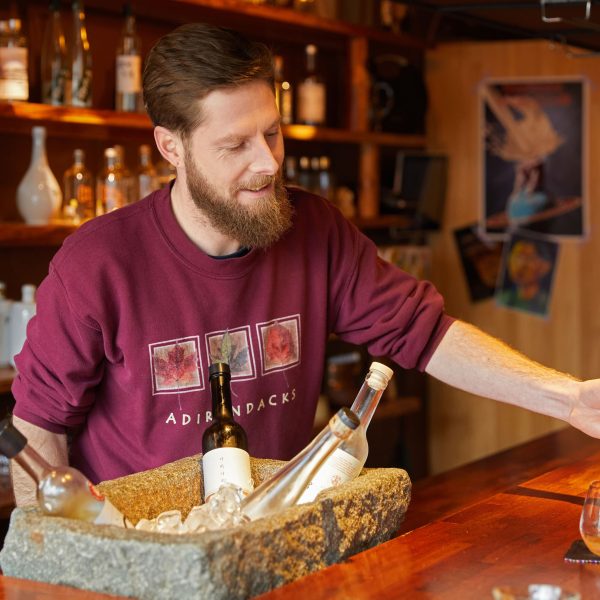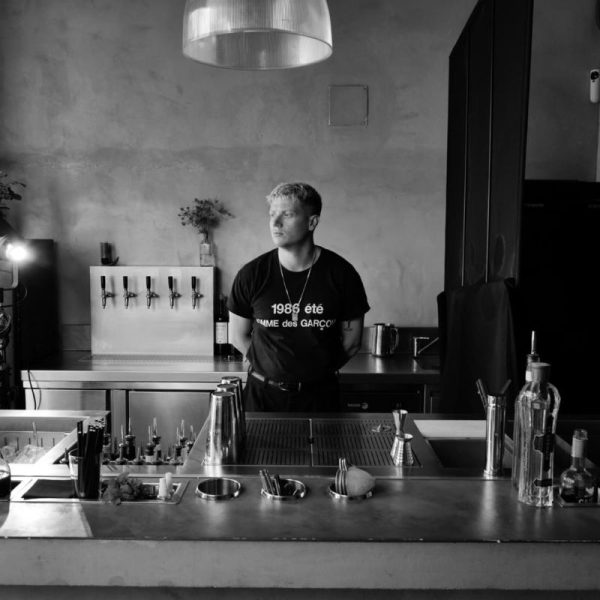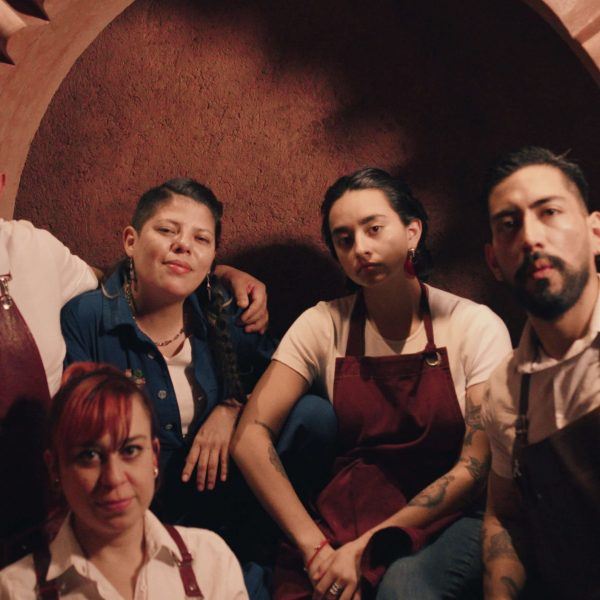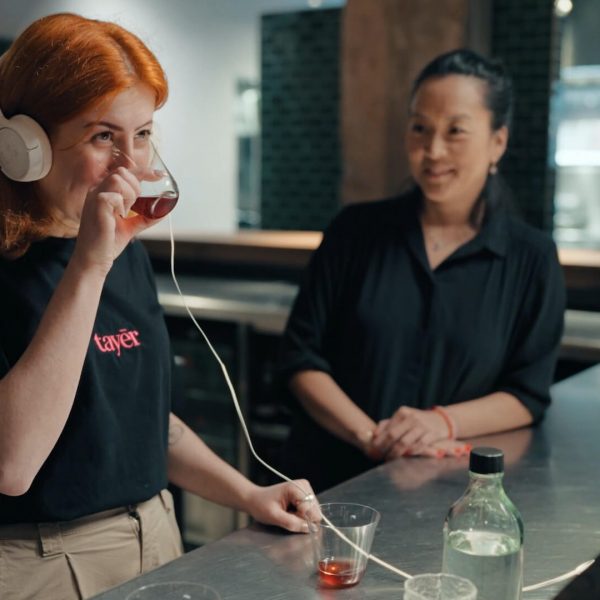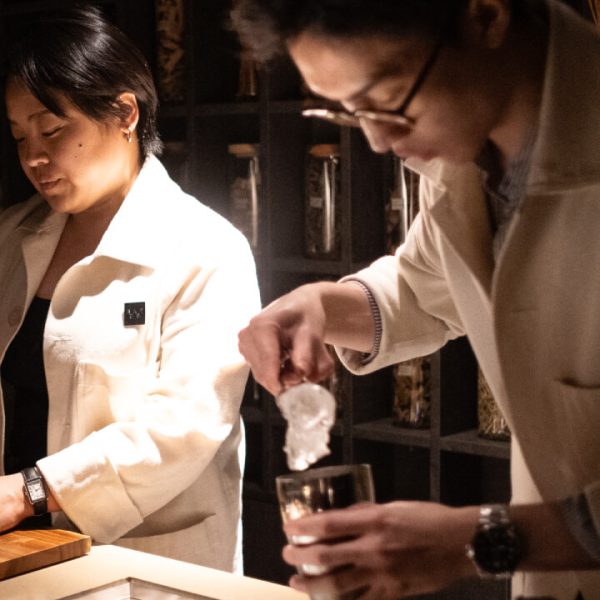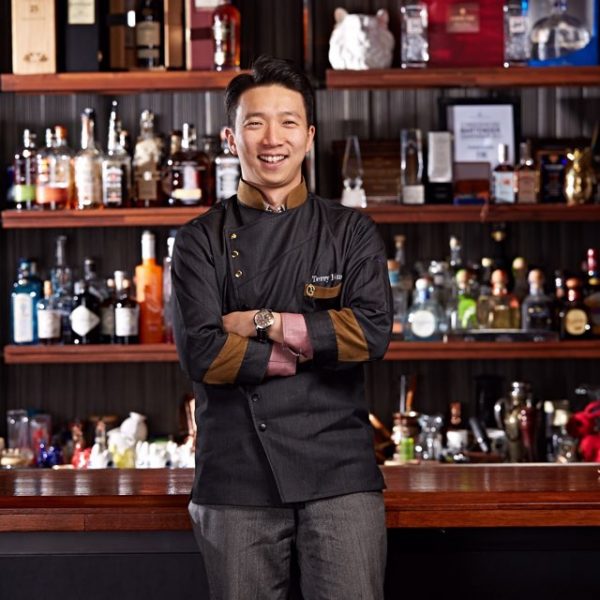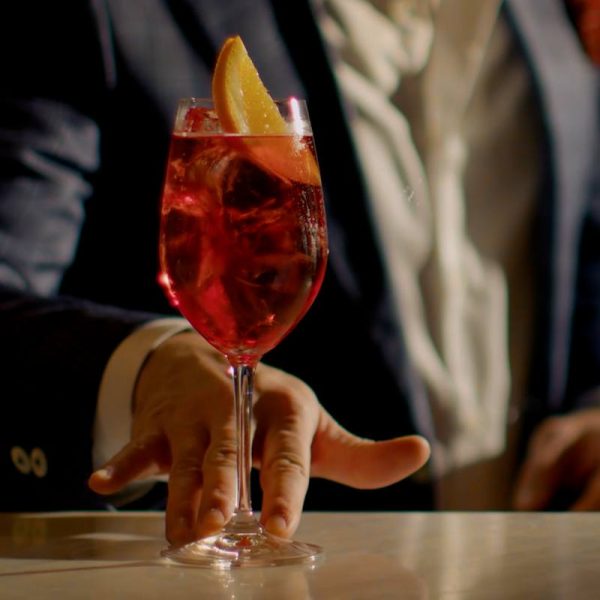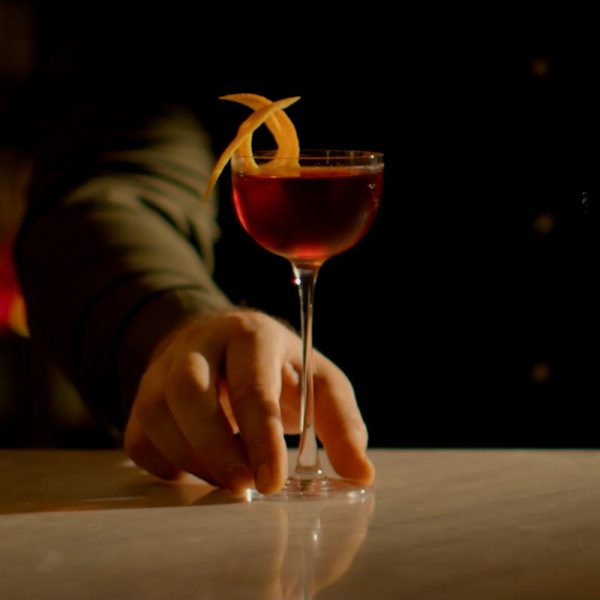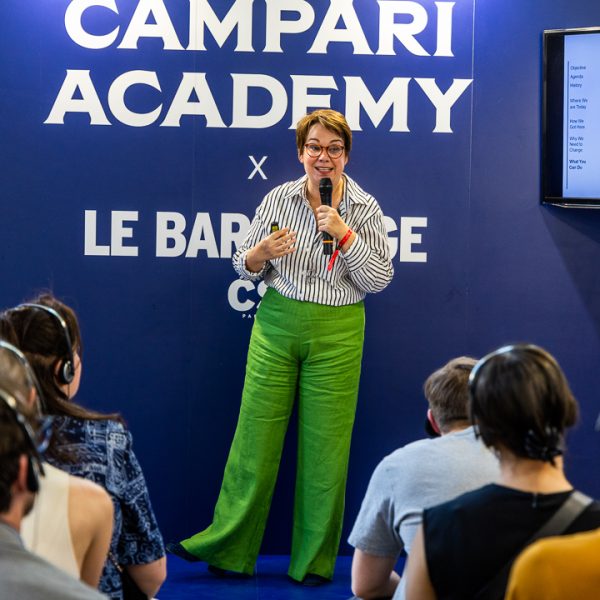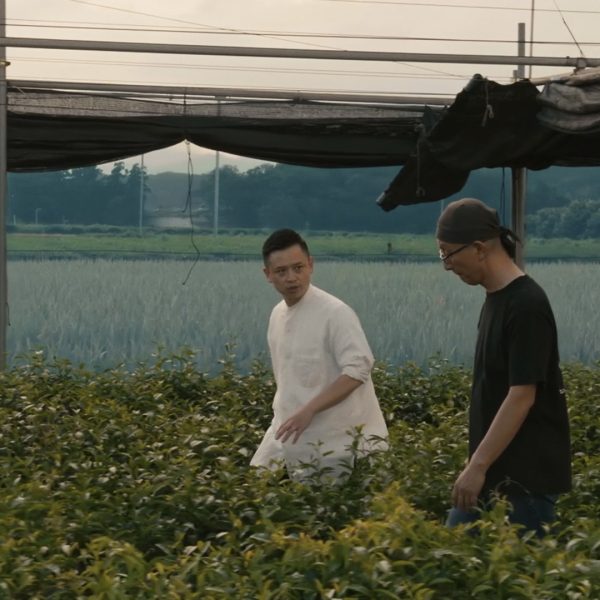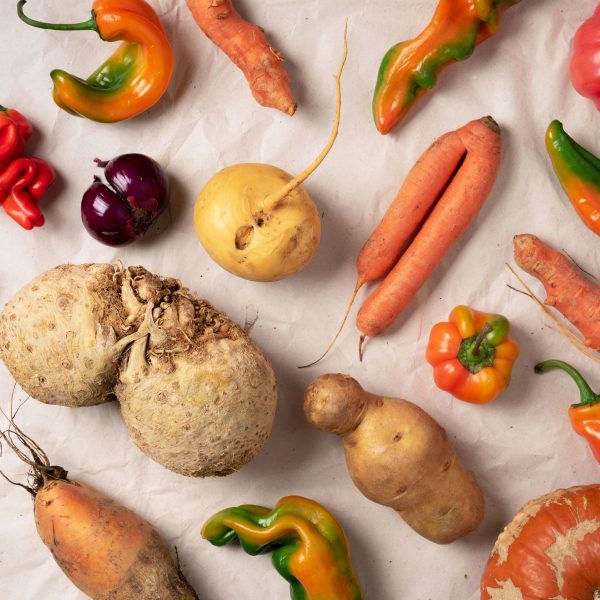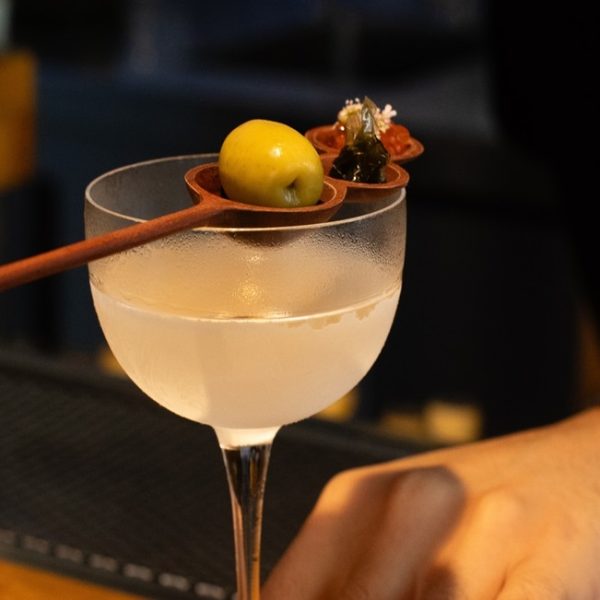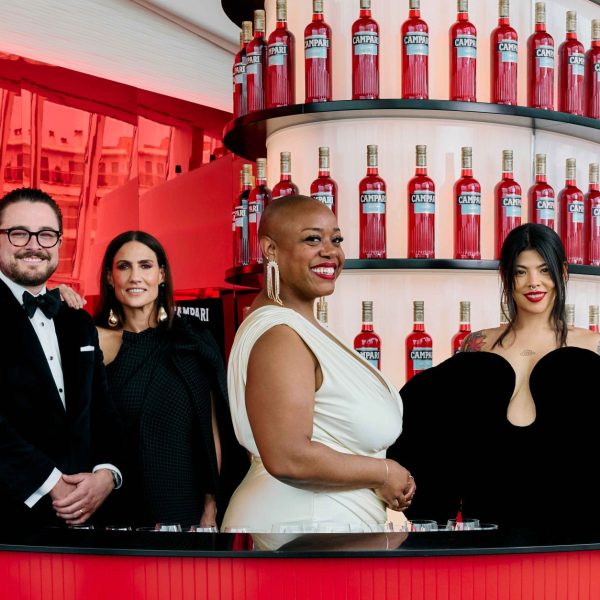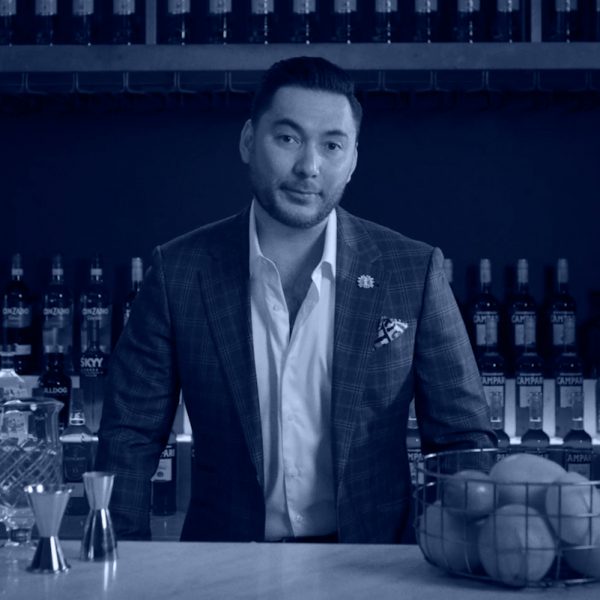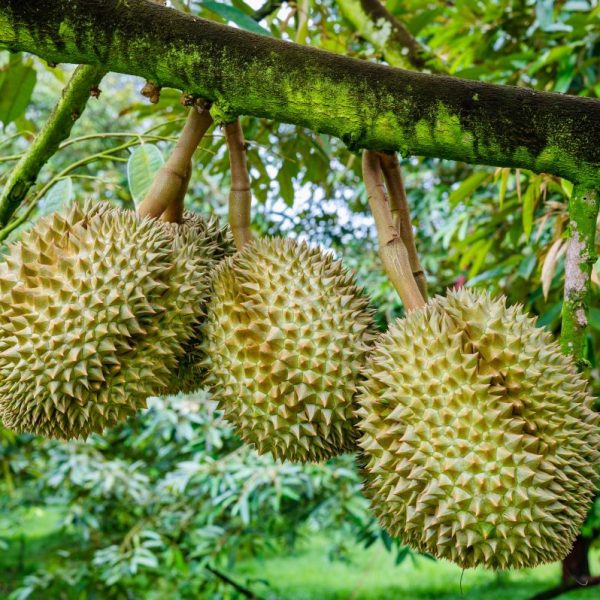Seasonality, terroir and globality: How time and place can impact flavour
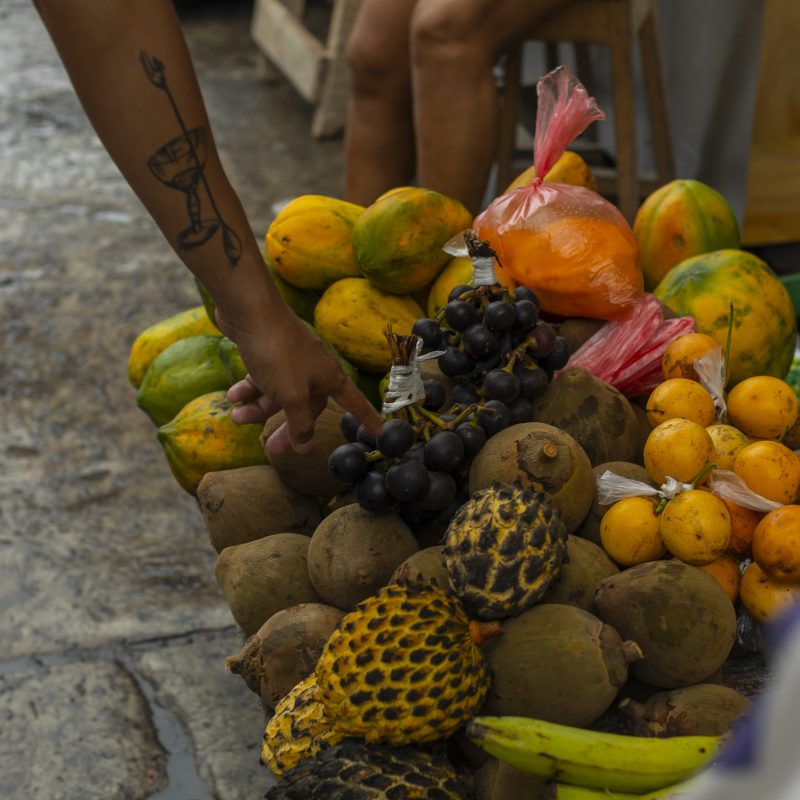
When it comes to looking beyond the back bar, working seasonally is an undertaking that is becoming more pertinent among the bartending community. Millie Milliken asks bartenders from Australia, Japan and Peru how time and place impact how they work
“Relying on things like citrus all-year-round for acidity is lazy and uninspiring.” So says Luke Whearty, co-owner of Melbourne’s Byrdi bar. He is, of course, talking about seasonality of ingredients – something that for bartenders (unlike their culinary counterparts, chefs) requires thinking beyond purely what’s on the back bar. For the most part, core spirits – whisky, mezcal, vodka, gin – are made and used all year round. And while things like homemade liqueurs and distillates can allow for a more seasonal approach to drinks-making, output of such products relies on training, inhouse expertise and resources – three things that not all bars have the luxury of access to.
No matter what your bar’s location, seasonality and its perhaps loftier cousins – terroir and globality – are going to continue in an upward trajectory of importance for how you build your drinks menus. Why? Well, as consumers continue to want to know more about where their food and drink come from, bars and their tenders will be looked at increasingly as pioneers in this field as the lines between bar and kitchen also continue to be blurred. And it’s not just about where our ingredients come from, but also in what cultural context they sit.
With all this in mind: how can bartenders work more in line with the seasons? And how does this translate into working in a more terroir-driven and flavourful way?
Timing’s everything
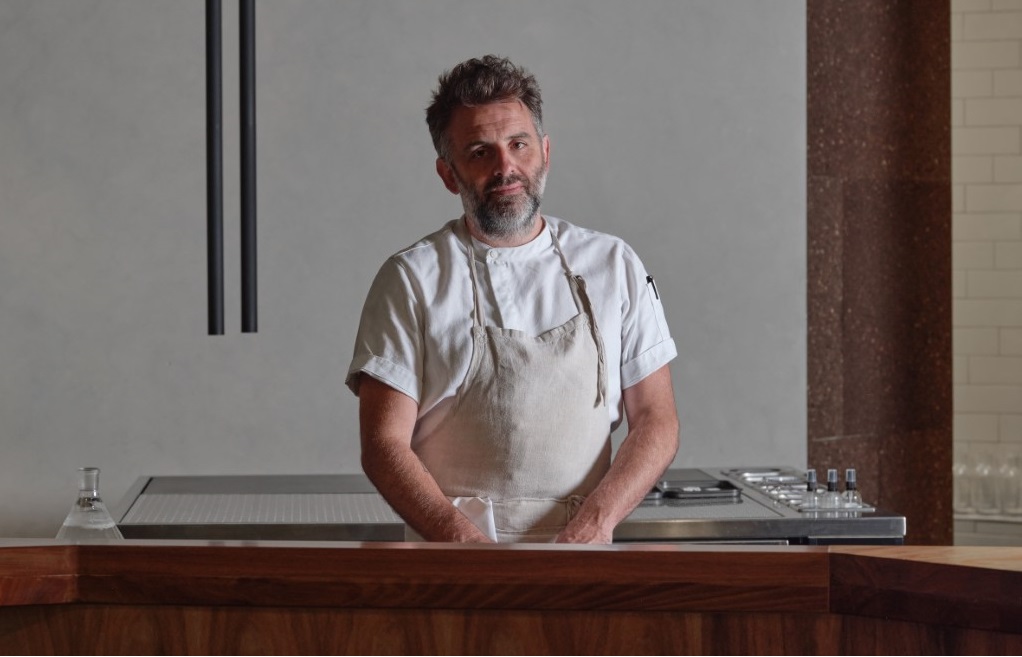
Back at Byrdi – which describes itself as ‘uniquely Australian where the local environment informs the drinks’ – and the team changes its menu every three months, with micro-changes also happening within each season to stay apace with new ingredients coming to their peak of quality. For Whearty, working with seasonal ingredients is a simple proposition: “Try and take the time to look at what is not only in season at that point in time, but also take the time to see what is coming into season in the near future and make the effort to plan your menus in advance.”
Peruvian bartender Luis Flores, a pioneer in the use of Amazonian ingredients, was lucky enough to learn about the seasonality of Peruvian products early on in his career during his first job as a barman at a restaurant. Fast-forward to the pandemic and he worked with Peruvian distilleries that use native and local products such as a Peruvian native potato vodka (14 Inkas), Andean fruits infused into cane alcohol (Destileria Andina), and mistelas, sweet wines made from pisco and oxidised grape juice. Lately, he’s also started using local products to make his own liqueurs such as limoncello from Amazonian citrus.
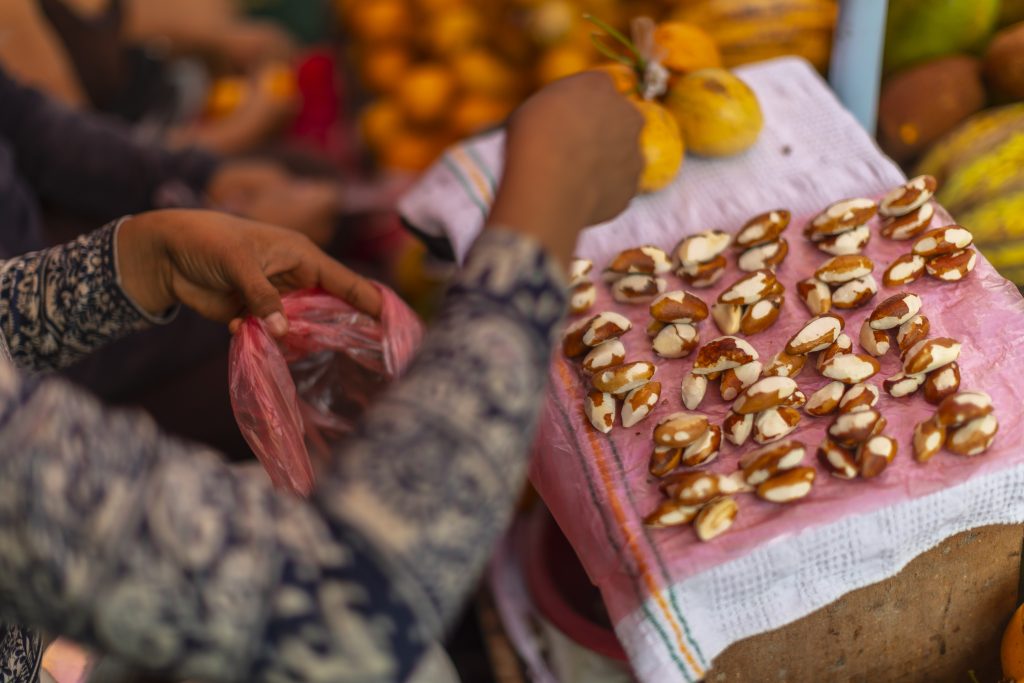
He sees there as being two types of seasonality: “On one hand we can talk about raw materials: vegetables, fruits, roots, barks and generally agrarian products which are used daily by chefs,” he explains. “On the other hand, with regards to drinks, the seasonality depends on the distillates and liquors developed, for which it is necessary to analyse and have adequate knowledge of the seasonality of their ingredients.”
Over in Fukuoka, Japan, and Shuhei Nomura of The Certain Bar has created an environment where the team are inspired by the local climate, culture and history to create their cocktails, while respecting ‘all living things that grow from the local soil’ using ingredients such as locally farmed tomatoes, native Japanese mint and hyuganatsu – a rare Japanese citrus which only grows for a few weeks in spring. The team’s menu changes regularly to keep up with what they have access to. “We change our menu every other week depending on our purchases,” says Nomura. “In parallel, we accept omakase orders and try to use up seasonal ingredients as quickly as possible.”
What’s cooking?
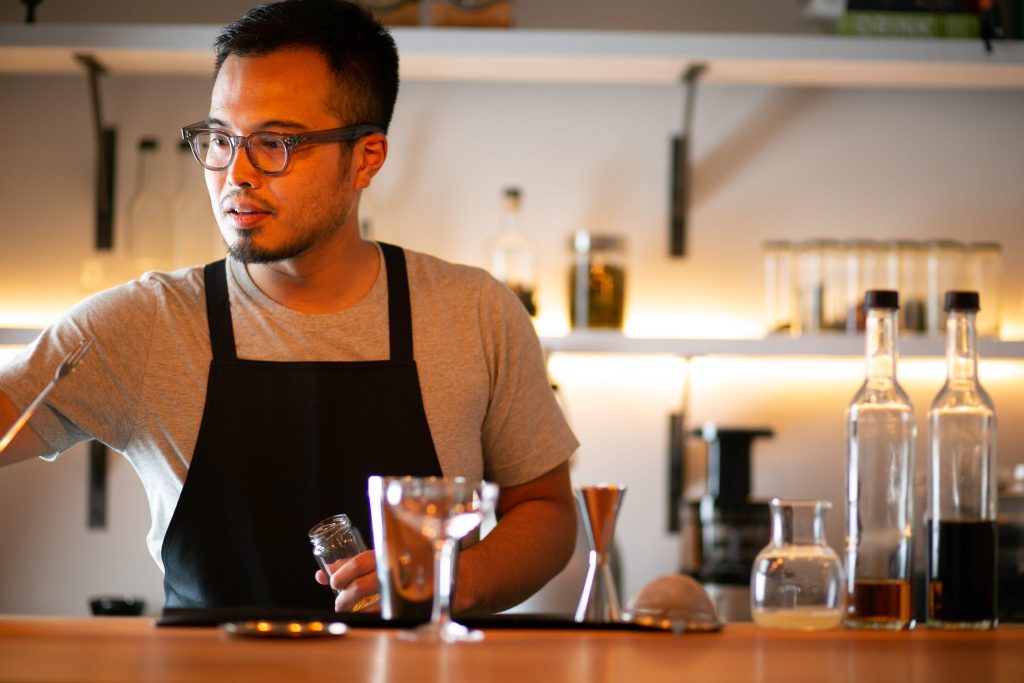
It is undeniable that the worlds of cheffing and bartending are linked in a way that is co-inspiring, although it is perhaps more true that bartenders are inspired by the workings of the kitchen. That is certainly the case for Nomura when it comes to thinking of ingredient seasonality. “I am most influenced by chefs of Japanese cuisine,” he says. “They offer food that coexists with nature, making the most of ingredients along with the changing of the seasons based on the 24 solar terms and the 72 seasons among the five elements of Yin-Yang,” namely wood, fire, earth, metal, and water. “You can feel the sense of season in the preparation, spatial presentation and service details.”
Over in Latin America and Flores points out that it is usually the kitchen where more bartenders begin their F&B careers. “Given the reduced number of bars in LATAM, bartenders tend to start their careers in restaurants,” he explains. “This allows us to work alongside chefs and exchange knowledge.”
When you consider a lot of the raw ingredients native to Latin America, this also means access to some seriously flavourful and seasonal produce. “Latin America does not have many distillates, but we do have a wide range of fresh raw products resulting in more flavourful cocktails. For example, the ubiquitous pineapple: in LATAM we can have access to it at any stage of its ripening whereas Europe receives unripe pineapple and other tropical fruits which are then ripened at destination, leading to a significant impact on the final flavour of the drink where it is used.”
For Whearty, working seasonally in the bar is no different to working seasonally in the kitchen. “I really don’t think it differs at all. Seasonality plays a huge role in how I look at creating drinks and I think it is the number one thing that can be incorporated behind the bar that creates a sense of time and place and becomes a much more meaningful approach to making drinks.”
Sense of place
Of course, with seasonality (and locality) comes the topic of terroir – a word often derided when used in relation to mixed drinks and spirits (as opposed to wine) but one that is being used more and more by distillers and bartenders. For Flores, like the term ‘seasonality’, terroir means more than just one thing: “When we talk about terroir it does not only refer to climate and soil, but also about soul and tradition. These differences contribute to changes in flavour which then are considered when mixing products from different regions of the country. Understanding the differences in terroirs and their effects on the products allows us to develop cocktails in a more critical and creative way.”
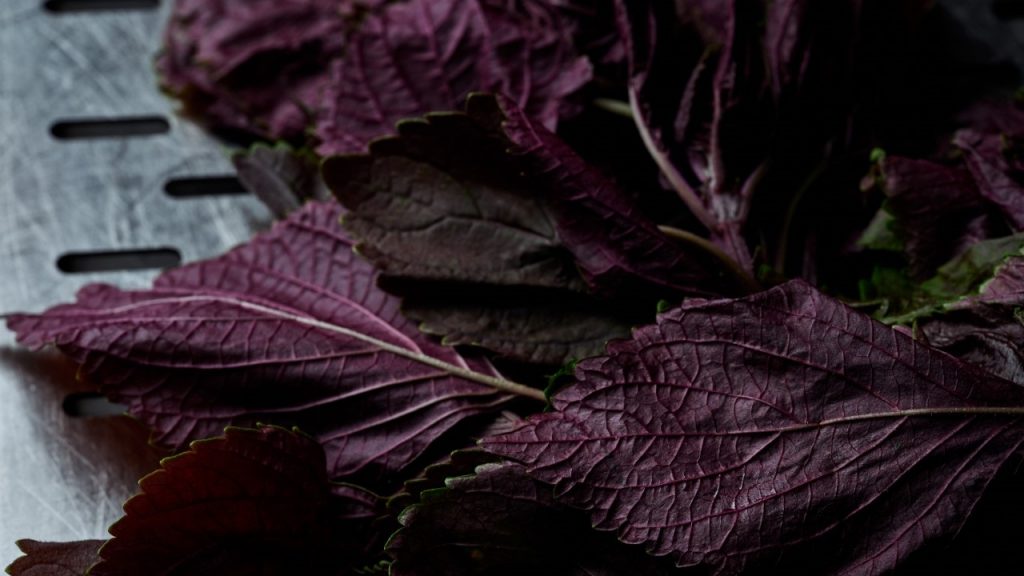
Whearty and co. work with specific producers who operate in certain ways in order to gain the most flavourful version of their ingredients as possible. “We have found that there is a remarkable difference between produce that is grown by someone that is taking the time to incorporate proper practices in their growing rather than mass-produced produce for the supermarkets,” he says, citing one particular producer of shiso in Melbourne who he uses due to its fragrance and flavour being far superior to that of other growers’.
For Nomura, who uses ingredients from Kyushu and water from a local spring, terroir is as linked to the soil and climate as it is to the person handling the ingredient. “There is a Buddhist concept, also used in the macrobiotic industry, called ‘shin-do-fuji’, which means that one’s body and soil are inseparable. Terroir can be expressed as long as there are people and land to make and drink cocktails.”
The payoff
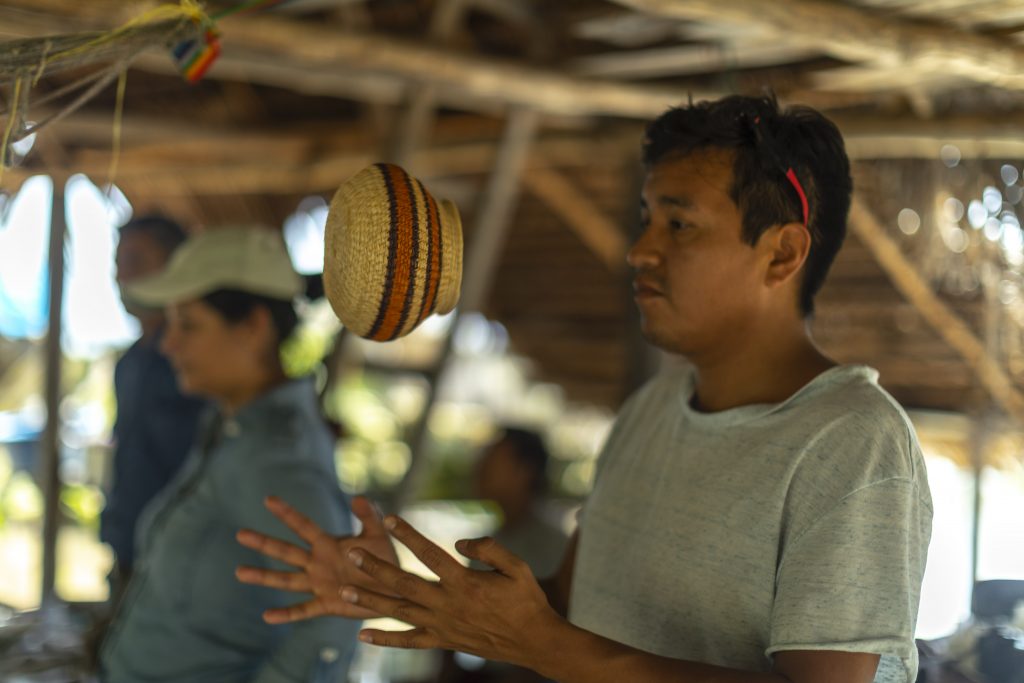
So, what are the advantages of working seasonally? Of course, the more seasonal the ingredient, the more flavourful (and often more environmentally friendly), Nomura points out. Whearty also highlights the guest experience: “These days guests coming into the bar are pretty savvy and know how to make the core classics (and probably do at home regularly) so I feel it is our job as bartenders to give them a new experience that they can’t replicate at home.”
Nomura does point out that strict adherence to seasonality could be hampered by the supply chain. He and Whearty both cite preservation of ingredients (pickling, fermenting, etc) as an answer to this, but international businesses such as Natoora, which is revolutionising this step in the process, could be the long-term answer to this (find out more about them in our Raw Materials & Flavour episode).
For Flores, seasonality is key to creativity for bartenders. “I only see seasonality as an advantage. It helps you think faster on the production of new cocktails. It also helps you train your creativity – it makes you conscious.”

